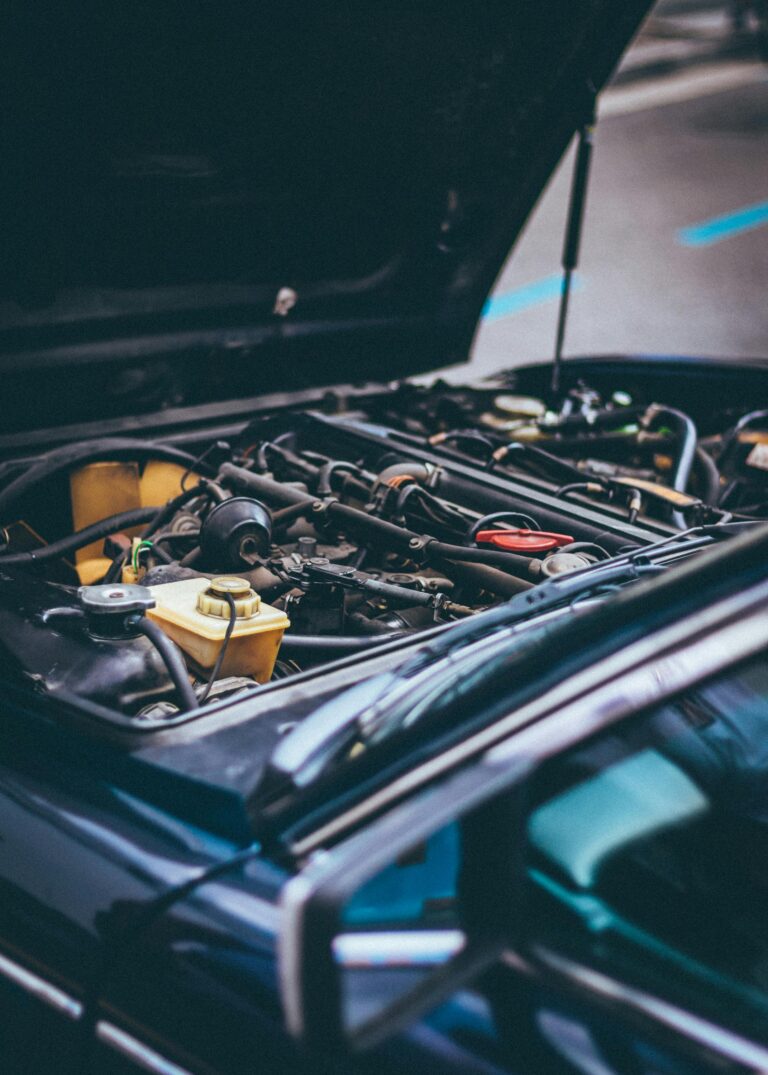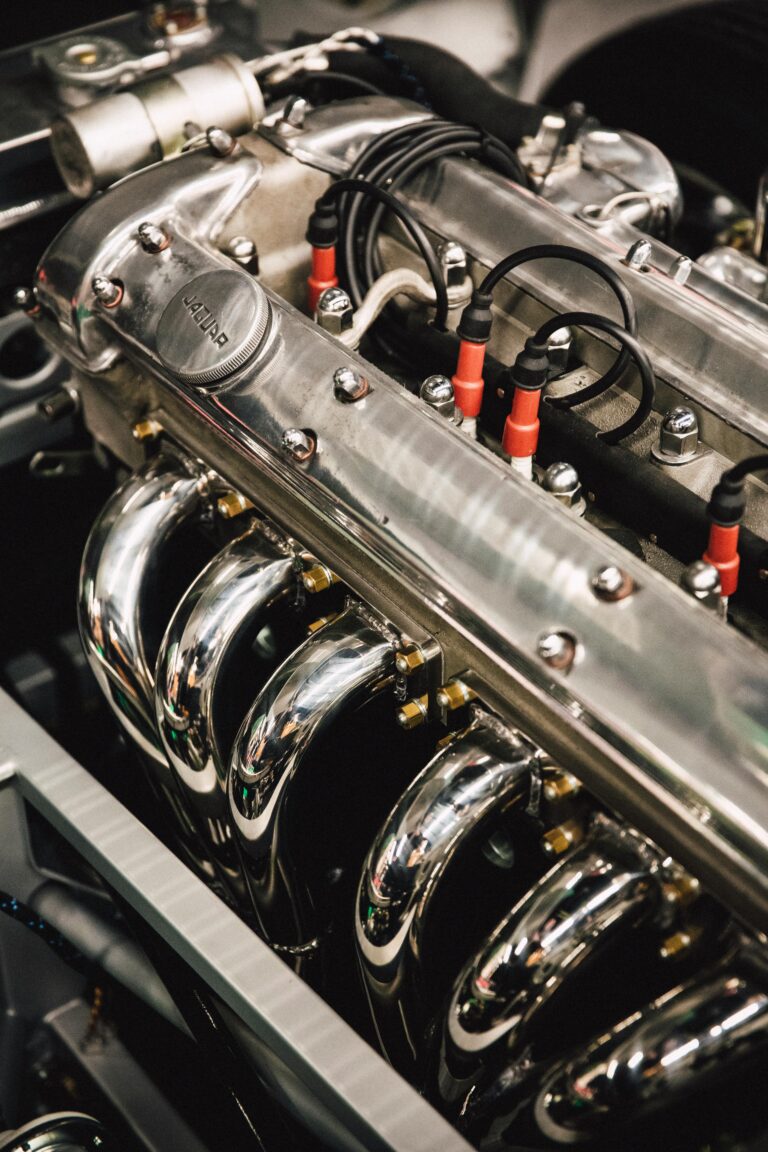
Knowledge of Car Brake Pad Maintenance
I. Importance of Brake Pads
Car brake pads are crucial components of the braking system and are directly related to driving safety. When the driver steps on the brake pedal, the brake pads tightly clamp the brake discs, slowing down the wheels until they stop rotating through friction. The quality of their performance determines the sensitivity of braking and the braking distance. High-quality brake pads can respond quickly at critical moments, allowing the vehicle to stop smoothly and avoid accidents.
II. Maintenance Points
(A) Regularly Check Thickness
Generally, the initial thickness of brake pads is around 10 – 15 mm. With use, the thickness gradually decreases. When the thickness wears down to only 3 – 5 mm, replacement of the brake pads must be considered. This critical thickness may vary slightly depending on the vehicle model.
The inspection method is relatively simple. Some vehicle wheels have reserved inspection holes through which the thickness of the brake pads can be directly observed. If there is no inspection hole, the tires need to be removed to visually check the gap between the brake pads and the brake discs to estimate the thickness. It is recommended to check the thickness every 10,000 – 20,000 kilometers. If you often drive in mountainous areas, congested traffic conditions, or have aggressive driving habits, the inspection frequency should be appropriately increased.
(B) Pay Attention to Wear Uniformity
Under normal circumstances, the wear of the four corners of the brake pads and the entire contact plane with the brake discs should be relatively uniform. However, uneven wear may sometimes occur. For example, the wear rate of one side of the brake pads is significantly faster than the other side. This may be caused by problems such as poor return of the brake caliper, blockage of the braking system pipelines, or loosening of the wheel hub bearings.
If uneven wear is detected, the root cause of the fault should be promptly investigated. If it is a problem with the brake caliper, it may be necessary to disassemble, clean, lubricate, or replace the caliper components. If the pipeline is blocked, the pipeline needs to be cleaned to ensure smooth flow of the brake fluid. If the wheel hub bearing is loose, it needs to be tightened or replaced to avoid further exacerbation of uneven wear and affecting braking performance and service life.
(C) Keep the Braking System Clean
During daily driving, dust, mud, debris, and other substances easily adhere to the surfaces of the brake pads and brake discs. These impurities not only accelerate the wear of the brake pads but may also cause abnormal noises when braking. For example, after driving on unpaved roads, small stones and other hard objects are likely to get stuck in the gaps of the brake pads.
Regular cleaning of the braking system is essential. When washing the car, a low-pressure water gun can be used to rinse the brake parts from a specific angle, trying to avoid direct water impact on electronic components such as the brake caliper. At the same time, a soft-bristled brush can also be used to gently brush off the floating dust on the surface of the brake pads to ensure that the braking components are in a relatively clean state and maintain good braking effect.
(D) Avoid Sudden Braking and Prolonged Braking
Frequent sudden braking will cause the brake pads to bear extremely high pressure instantaneously, and the temperature will rise sharply, resulting in excessive wear of the brake pads and even possible heat fade, reducing braking performance. Prolonged braking, such as continuously stepping on the brake when going down a long slope, will also cause the brake pads to continuously generate heat due to friction and accelerate wear.
During driving, good habits should be developed. Predict the road conditions in advance, maintain a reasonable distance from the vehicle in front, and try to decelerate smoothly by gently stepping on the brake. When going down a long slope, the engine’s drag effect can be used to assist braking, such as switching to a low gear to reduce the workload of the brake pads and extend their service life.
III. Replacement Tips
In addition to determining the replacement timing based on the thickness of the brake pads, when a sharp and piercing abnormal noise occurs during braking and the problem of the brake discs is excluded, it is very likely that the wear indicator of the brake pads is in contact with the brake discs, indicating that the brake pads are nearing their limit and need to be replaced immediately.
When replacing brake pads, regular brands and products suitable for the vehicle model should be selected. Low-quality brake pads not only have poor braking effect but may also damage the brake discs and endanger driving safety. At the same time, after replacement, the braking system needs to be debugged to ensure that the brake pedal travel, braking force distribution, and other aspects are in the optimal state, allowing the vehicle to regain reliable braking performance.
Understanding and following these knowledge of car brake pad maintenance can effectively ensure the normal operation of the braking system and safeguard your driving safety. It is hoped that every car owner will pay attention to this and keep their beloved cars in a safe and controllable state at all times.



